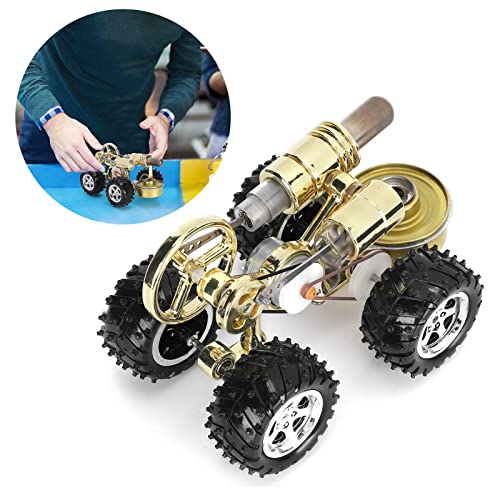Good day,
I bought myself a lathe test bar. I got it for about USD 15. I checked the bar along its length. It has a consistent dia of 22mm.

I checked my lathe spindle runout with this bar. I am getting 0.04mm runout near the spindle and 0.07mm at the far end at about 250mm from spindle.


Are these runouts within limits?
My lathe is Sieg C4B Chinese make.
What other checks can I carry out with this test bar?
Regards
Nikhil
I bought myself a lathe test bar. I got it for about USD 15. I checked the bar along its length. It has a consistent dia of 22mm.

I checked my lathe spindle runout with this bar. I am getting 0.04mm runout near the spindle and 0.07mm at the far end at about 250mm from spindle.


Are these runouts within limits?
My lathe is Sieg C4B Chinese make.
What other checks can I carry out with this test bar?
Regards
Nikhil






















![DreamPlan Home Design and Landscaping Software Free for Windows [PC Download]](https://m.media-amazon.com/images/I/51kvZH2dVLL._SL500_.jpg)
































![MeshMagic 3D Free 3D Modeling Software [Download]](https://m.media-amazon.com/images/I/B1U+p8ewjGS._SL500_.png)










